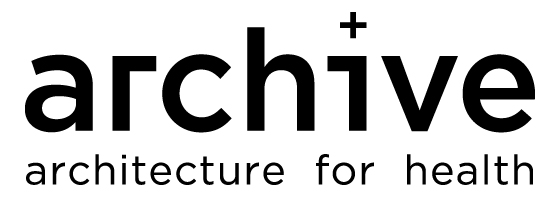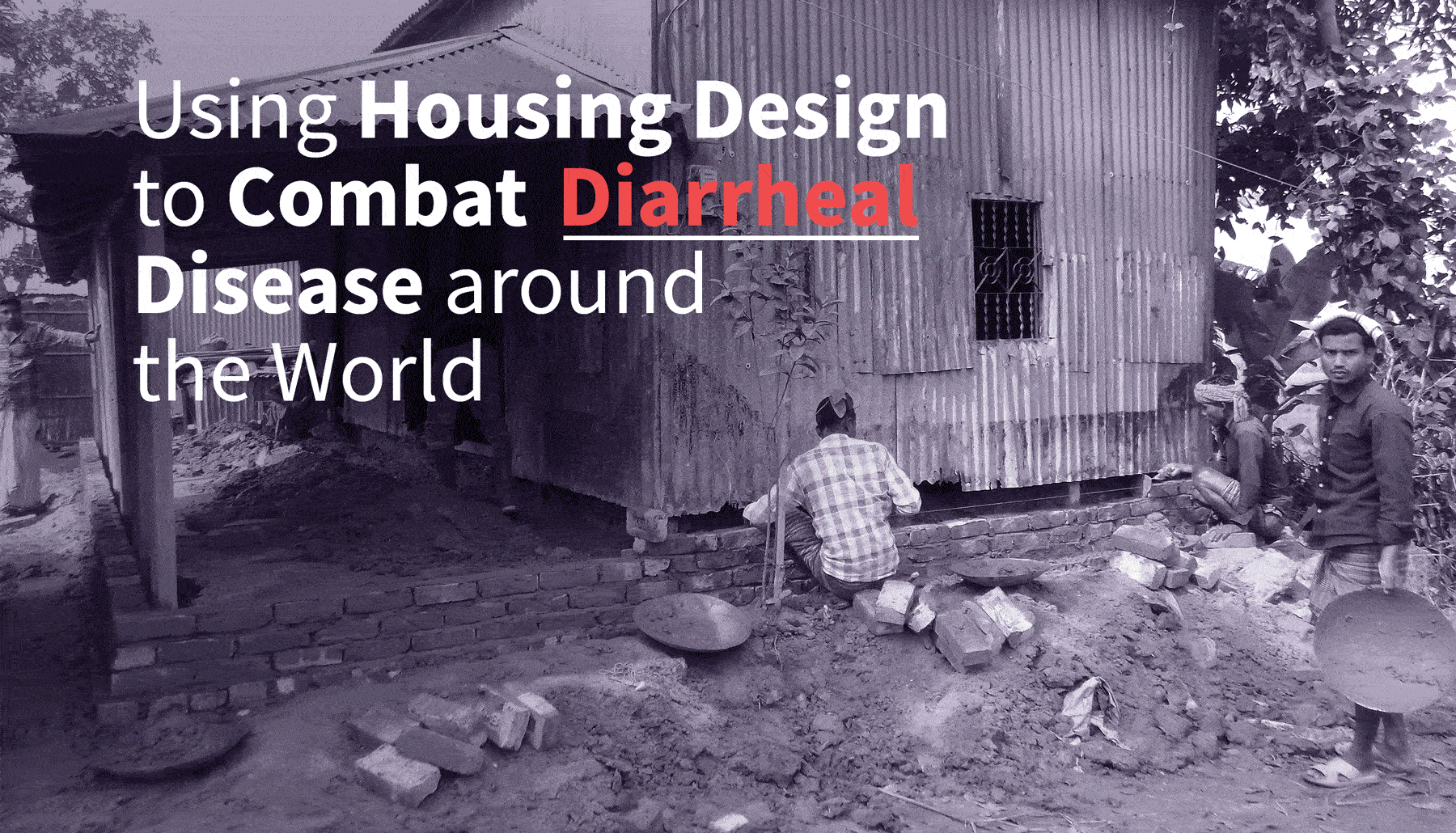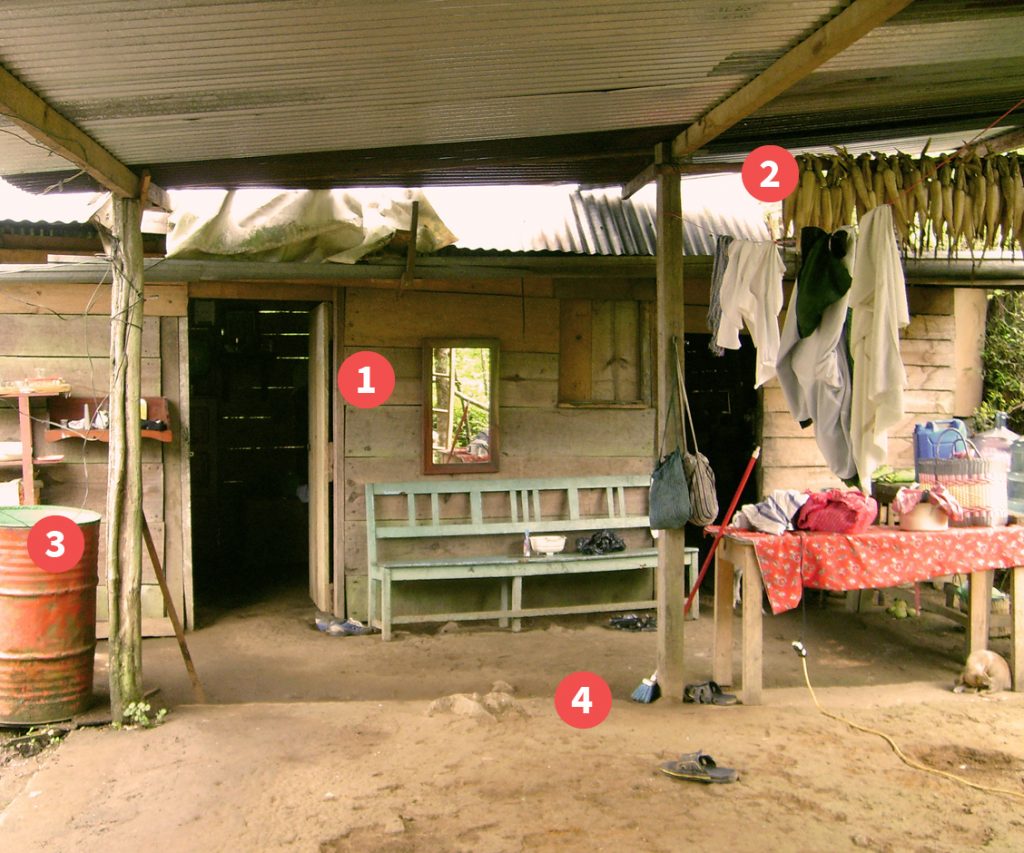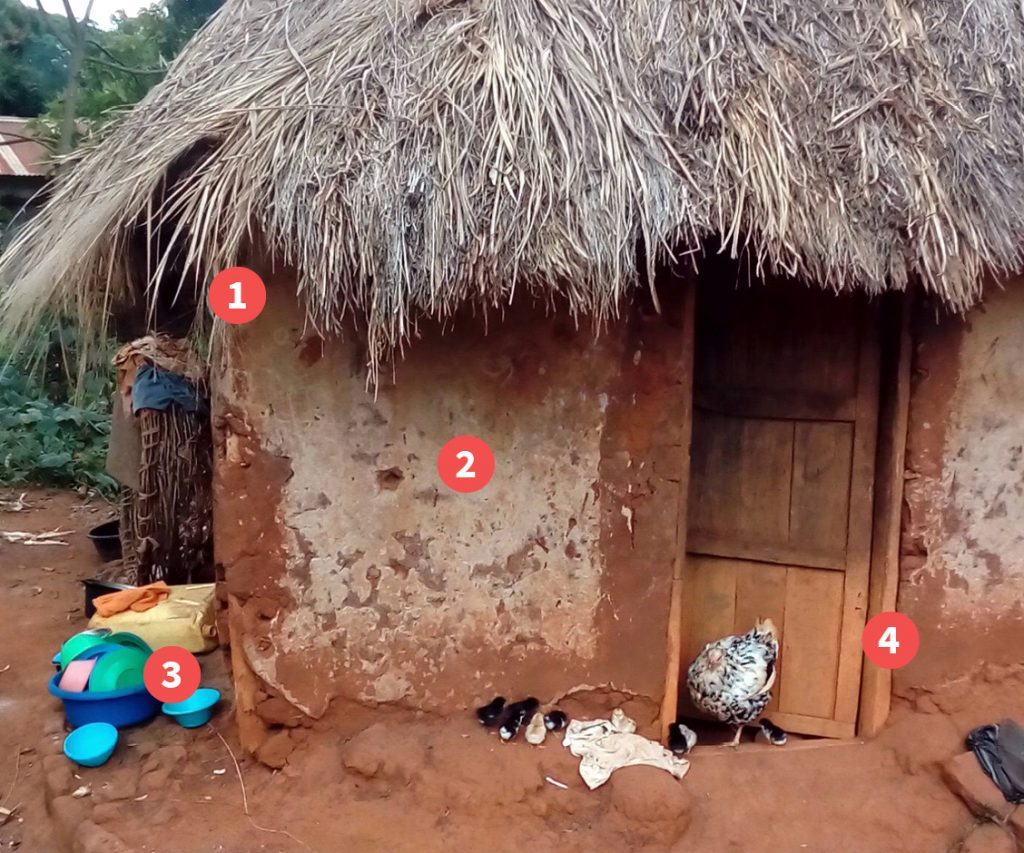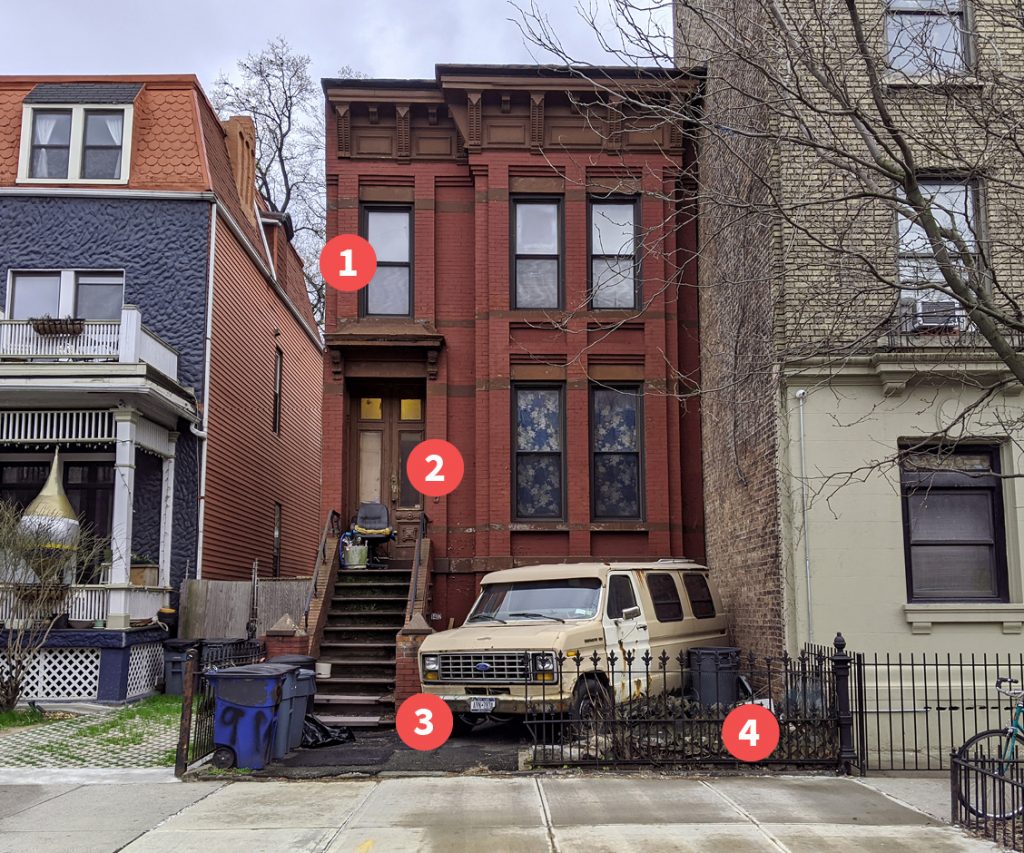What We Do
Inadequate housing makes it impossible for people, particularly vulnerable and at-risk communities, to achieve health.
Until April 2023 ARCHIVE Global was an award-winning international organization; it has become the Healthy Housing Program at the International Society for Urban Health (ISUH). The program uses housing design as a key preventative strategy for improving health outcomes in vulnerable communities around the world. Through simple, innovative, and cost-effective built environment interventions paired with community health awareness campaigns, our research has proven that these strategies improve the health-outcomes of our beneficiaries.
Learn more about our partnership with ISUH here.
Housing and Health
- Household materials can host insects that cause diseases such as Chagas and scrub typhus.
- Food stored in unhygienic environments can host life-threatening bacteria, mold, and lead to rodent-borne illness.
- Inadequate access to water and sanitation are a common source of diarrheal disease, hepatitis, and many neglected tropical diseases.
- Dirt floors carry parasites, bacteria, and viruses that cause diarrhea, hepatitis, typhoid fever, and neglected tropical diseases.
Housing and Health
- Windows, doors, and eaves are entry points for insects, rodents, and animals, exposing families to vector-borne disease, rodent-borne illnesses, and more.
- Lack of ventilation can exacerbate respiratory infections and the spread of infectious diseases.
- Debris around a home provides a breeding ground for malaria-carrying mosquitoes and hiding spaces for deadly snakes.
- Overcrowding exacerbates the spread of infectious diseases and increases diseases spread through proximity to livestock and other animals.
Housing and Health
- Asbestos, found in many building materials, is known to cause pleural diseases and various cancers such as Mesothelioma.
- Inadequate community resources such as lack of access to markets, and green spaces increase levels of stress, anxiety, social isolation, and reduces mental health.
- Lead can be found in homes’ pipes, paint, or household objects built in the US before 1978, and can cause anemia, kidney and brain damage, and cognitive impairment in children.
- Radon is a colorless and odorless gas found in the ground that reaches homes through contaminated groundwater and dirt floors. It causes physical disabilities and various cancers.
Housing and Health
- Household materials can host insects that cause diseases such as Chagas and scrub typhus.
- Food stored in unhygienic environments can host life-threatening bacteria, mold, and lead to rodent-borne illness.
- Inadequate access to water and sanitation are a common source of diarrheal disease, hepatitis, and many neglected tropical diseases.
- Dirt floors carry parasites, bacteria, and viruses that cause diarrhea, hepatitis, typhoid fever, and neglected tropical diseases.
Housing and Health
- Windows, doors, and eaves are entry points for insects, rodents, and animals, exposing families to vector-borne disease, rodent-borne illnesses, and more.
- Lack of ventilation can exacerbate respiratory infections and the spread of infectious diseases.
- Debris around a home provides a breeding ground for malaria-carrying mosquitoes and hiding spaces for deadly snakes.
- Overcrowding exacerbates the spread of infectious diseases and increases diseases spread through proximity to livestock and other animals.
Housing and Health
- Asbestos, found in many building materials, is known to cause pleural diseases and various cancers such as Mesothelioma.
- Inadequate community resources such as lack of access to markets, and green spaces increase levels of stress, anxiety, social isolation, and reduces mental health.
- Lead can be found in homes’ pipes, paint, or household objects built in the US before 1978, and can cause anemia, kidney and brain damage, and cognitive impairment in children.
- Radon is a colorless and odorless gas found in the ground that reaches homes through contaminated groundwater and dirt floors. It causes physical disabilities and various cancers.
Our Work
Each of our projects focuses on one specific health concern and one specific built intervention to improve the targeted health concern, and encompass research, the design of the built environment, and advocacy. Communities of need exist in both developing and developed countries, and our projects reflect that. Explore all of our Work.
Savar, Bangladesh Mud to Mortar
Savar and Dhamrai Upazila, Bangladesh Ekibada: Our Periods Matter
Maina Parish, Mayuge District, Uganda Health and Housing in Haiti
Saint-Marc, Haiti Building Malaria Prevention
Yaoundé, Cameroon Building Sanitation in Idenau
Idenau Municipality, Cameroon Sanitation for Health in Delhi
Aya Nagar, Delhi, India Happy Healthy Households
Brent and Newham, London, UK Breathe Easy Camden
Camden County, New Jersey, United States Active Aging in NYC: Design for Health
New York, NY, USA CHAI Mosquito-Proof Housing in Namibia
Districts of Mashosho, Simanya, Onoonga, Oupale, Onandjamba A, Omatako, Namibia Building out Chagas
Bolivia Healthy Air, Healthy Living
Oromia, Ethiopia
News & Insights
Stay informed with updates, projects, reports, and upcoming events on the ARCHIVE Instagram Feed.
We are very excited to officially announce that we are now part of our longtime partner, ISUH!
After several years of working together in close partnership, we have decided to join forces to advance our common mission: creating #healthy #equitable #cities and #communities for all.
Ensuring healthy #housing is a key aspect of that mission, ISUH is taking on our legacy, current projects and leadership under their new flagship Healthy Housing program.
Sarah Ruel-Bergeron, RA, our Executive Director will be joining their team as Director of Strategic Initiatives & Healthy Housing.
We are thrilled about this new chapter, growing our impact and engaging you all in our mission! Thank you all for your continued support.
The team is back to work together in Abidjan this week (@swiss_tph)! We can't wait to engage with our stakeholders to hear what they think would be a good intervention to combat dengue in their own communities. Stay tuned!
#bulidhealthdifferently #ARCHIVEglobal #dengueprevention
This February, in honor of Black History Month, ARCHIVE Global is honoring 3 pioneers of change in black communities. Find out more below and share those who have inspired you in our comments!
Hilyard Robert Robinson 1889 - 1986
Robinson was a prominent architect whose designs for public housing were so effective that they became one of the driving forces behind the first national housing act. His memorable work includes the Langston Terrace Dwellings and Ralph Bunche residence, both designed in the International style. He was the first African American to win the Nobel Peace Prize.
https://www.docomomo-us.org/designer/hilyard-robinson
Adam Clayton Powell, Jr. 1908 - 1972
Powell was an outspoken activist who served 12 terms in the House of Representatives and made his mark in Congress. With his rebellious approach to racial injustice, Powell won the allegiance and admiration of many African Americans, who saw him as a devoted fighter for civil rights. His work in the housing sector focused on advocating for affordable rent and affordable housing.
https://www.adamclaytonpowell.com/
Patricia Roberts Harris, 1924-1985
Harris played a significant role in the Civil Rights Movement, and American politics. When President Jimmy Carter appointed Patricia Roberts Harris to the position of secretary of Housing and Urban Development in 1977, she became the first black woman to hold that position in a presidential cabinet. While at HUD, she started the Neighborhood Strategy Program where she directed funds to impoverished areas, which improved housing conditions and helped economic activity in urban America.
https://housingforwardva.org/news/fwd-144-black-housing-leaders/
-
-
-
#blackhistorymonth #leadersinhousing #leadersofchange #buildinghealthdifferently #ARCHIVEglobal
On the Blog
Find out the latest in health and the built environment on our Blog Feed.
